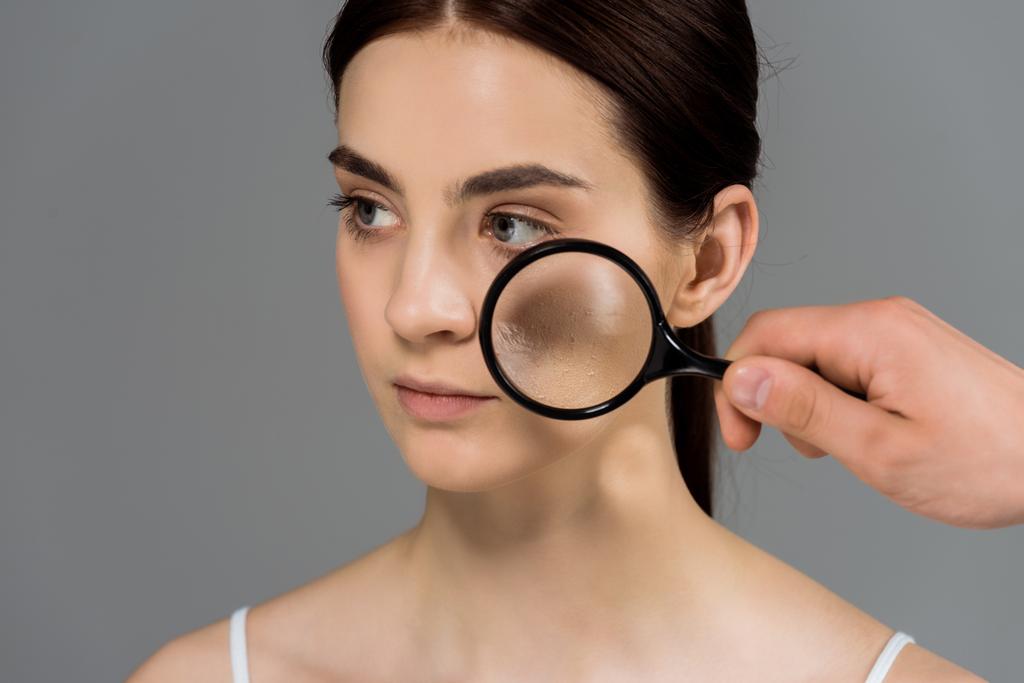The innermost layer of the skin is called the hypodermis. This layer is also known as the subcutaneous layer or the fatty layer. This blog post will break down the importance of this third layer of the skin. It will discuss why we should understand the structure and function of our skin in order to properly treat it. In our last two posts, we discussed the epidermis and the dermis. The final piece of the skin-puzzle is the hypodermis; which contains fat cells, connective tissues, fibroblasts, nerves, blood vessels, and macrophages. The three layers of the skin also work in tandem, constantly communicating with one another and playing a major role in our bodily functions.
Functions
- Body temperature regulation: with its’ high concentration of fat cells, the hypodermis is an insulator from cold temperatures.
- Stores fat and energy
- Attaches the dermis and epidermis to bones and cartilage
- Satiety: leptin, the hormone that regulates hunger, is secreted by the fat cells in the hypodermis
Aging of the Hypodermis
Despite it not being visible to the naked eye, the hypodermis plays a major role in signs of aging of our skin. More specifically, our face and neck. Firstly, the volume of the fatty hypodermis decreases, creating less supportive tissue to keep the skin taught and elastic. This can lead to sagging and thinning of the skin due to the lack of volume. Secondly, the hypodermis contains fibroblasts; which secrete collagen proteins. As we age, these cells produce less collagen and more collagen-degrading enzymes. Thus, the lack of collagen in the skin leads to fine lines, deep-set wrinkles, and signs of aging.
Treatment & Prevention
As always, the best measure is prevention, prevention, prevention! Keeping our skin protected from harmful elements such as UV rays by using SPF is a proven effective method of prevention. Having a well-balanced diet full of antioxidant-rich foods, avoiding smoking, and reducing alcohol intake also have proven to improve the overall health of the skin. In terms of topical treatment, using retinol creams, moisturizers, and keeping up with a daily skincare regimen can help reduce signs of aging further down the line.
However, there are of course options to treat signs of aging as a reactive measure. A type of treatment that directly targets the hypodermis is microneedling technology such as Voluderm RF Microneedling. This treatment creates channels in the skin which enable the ultra-thin needles to penetrate the deep dermal layer smoothly. The combined effect of the thermal energy, and the simultaneous micro-wounds caused in the skin, stimulates the fibroblasts to increase the production of ECM (extracellular matrix) components like hyaluronic acid, collagen, and elastin. This unique technology, featuring ultra-thin needles, requires lower energy levels, increases treatment efficacy, and results in a visible, almost painless effect.


